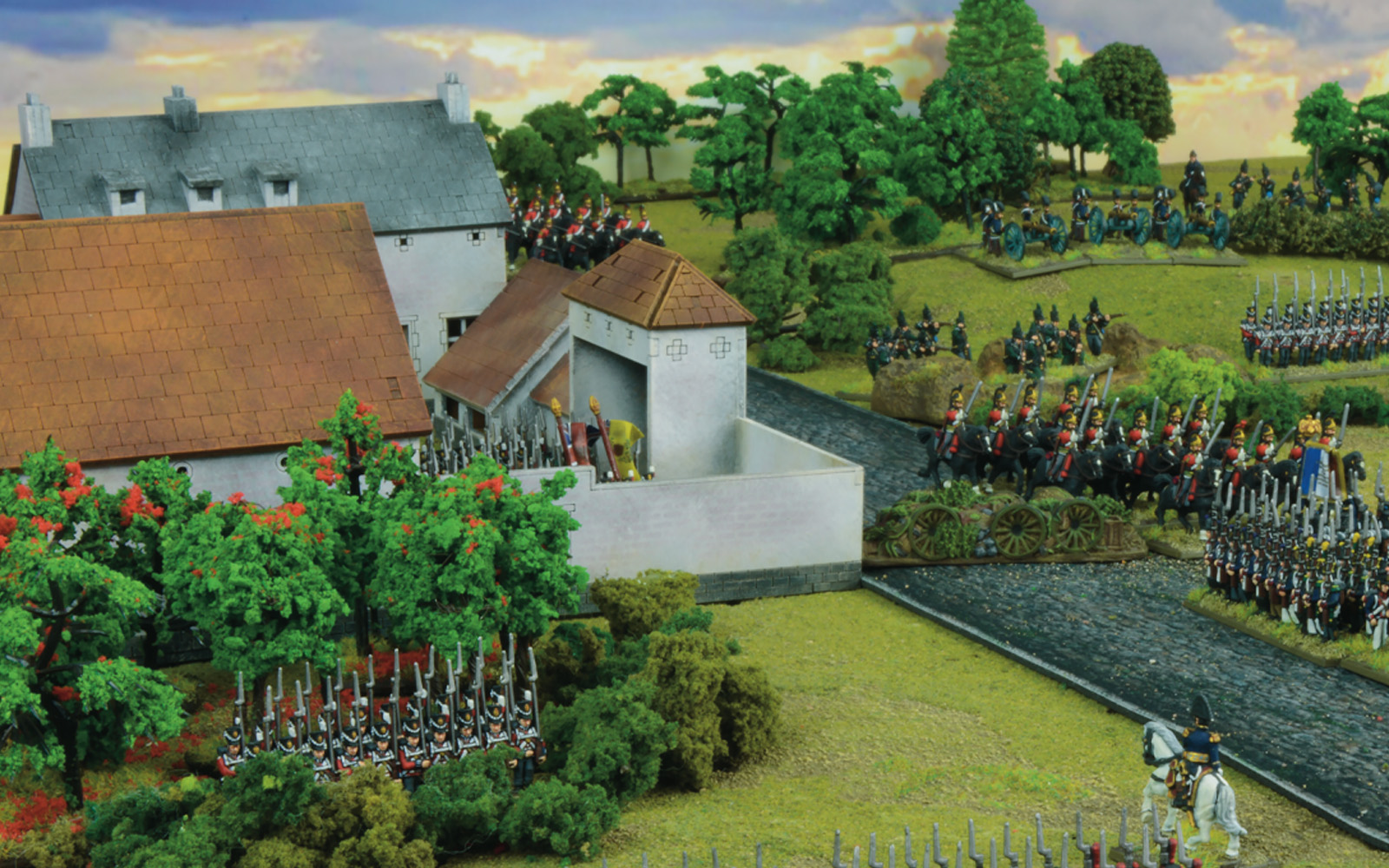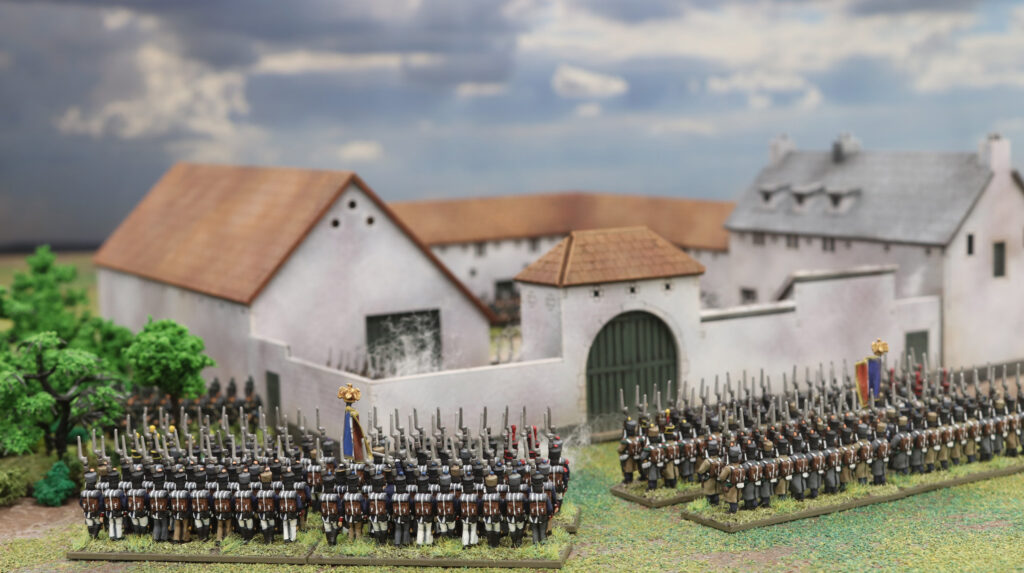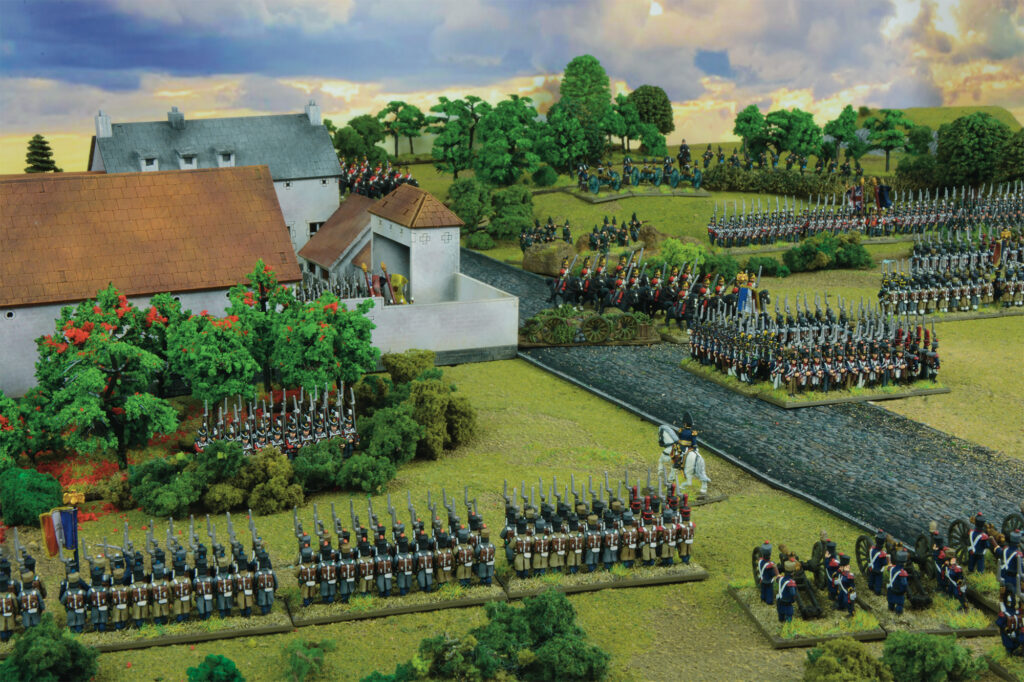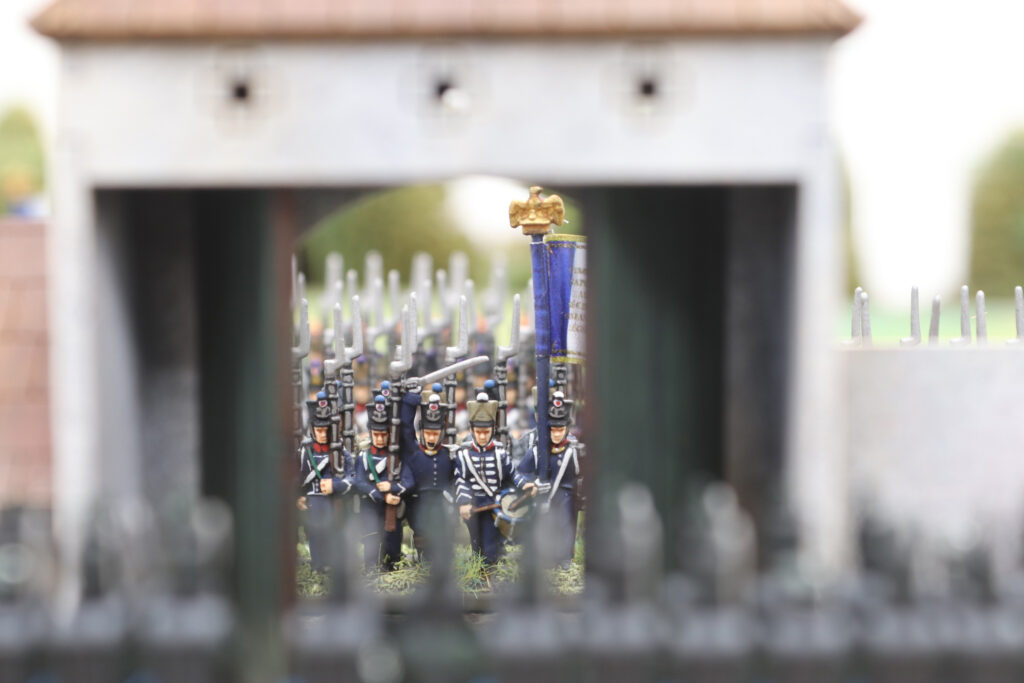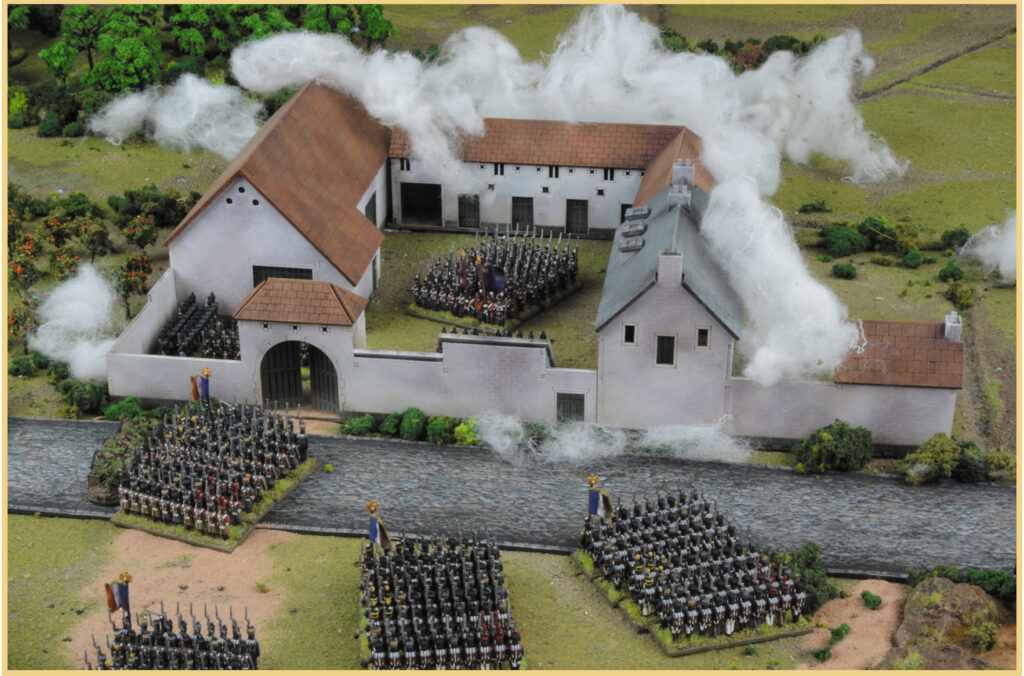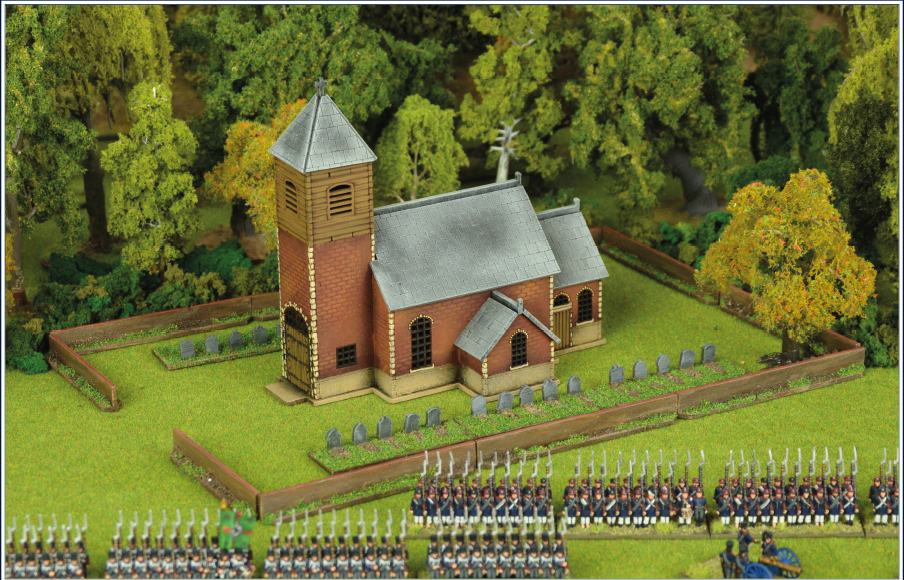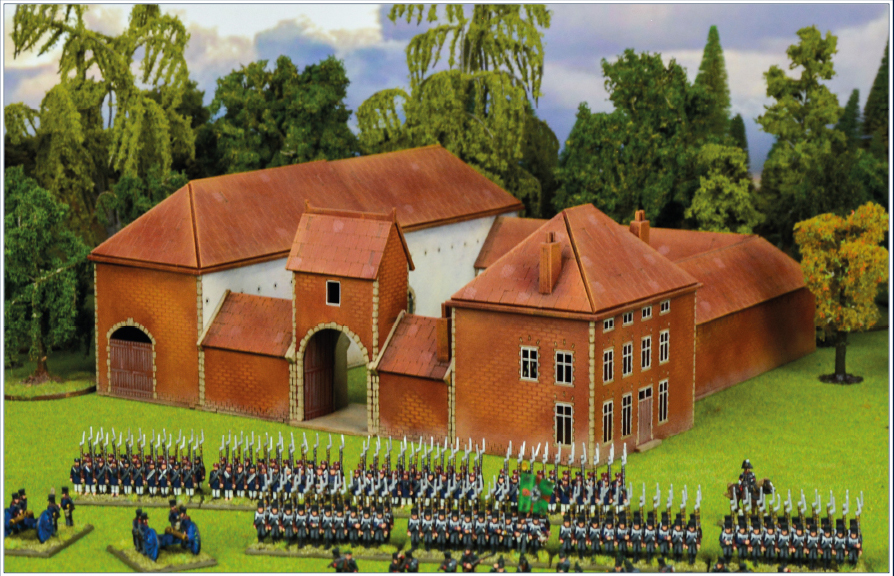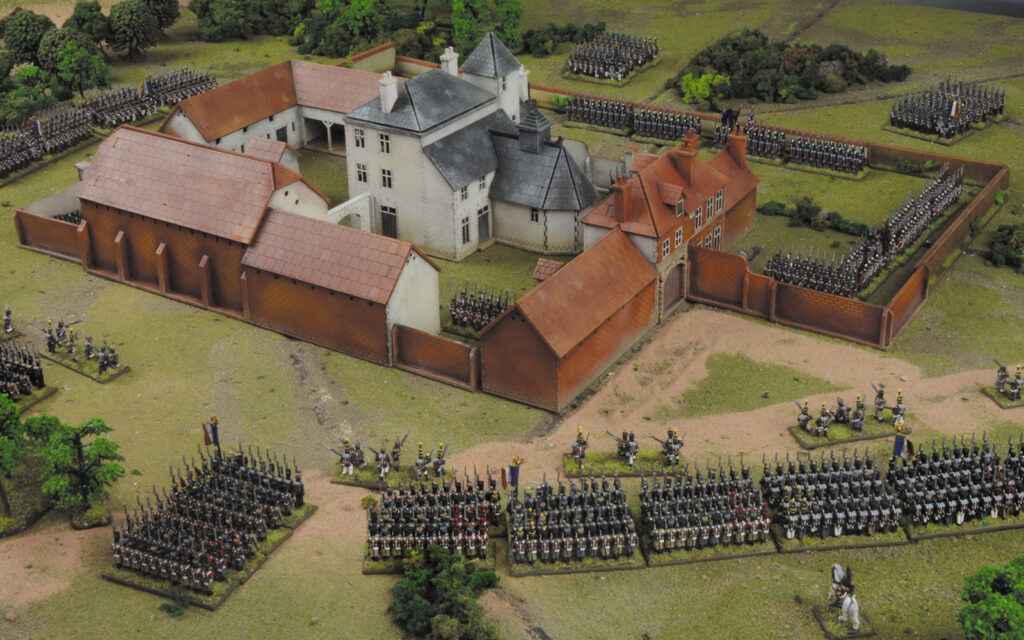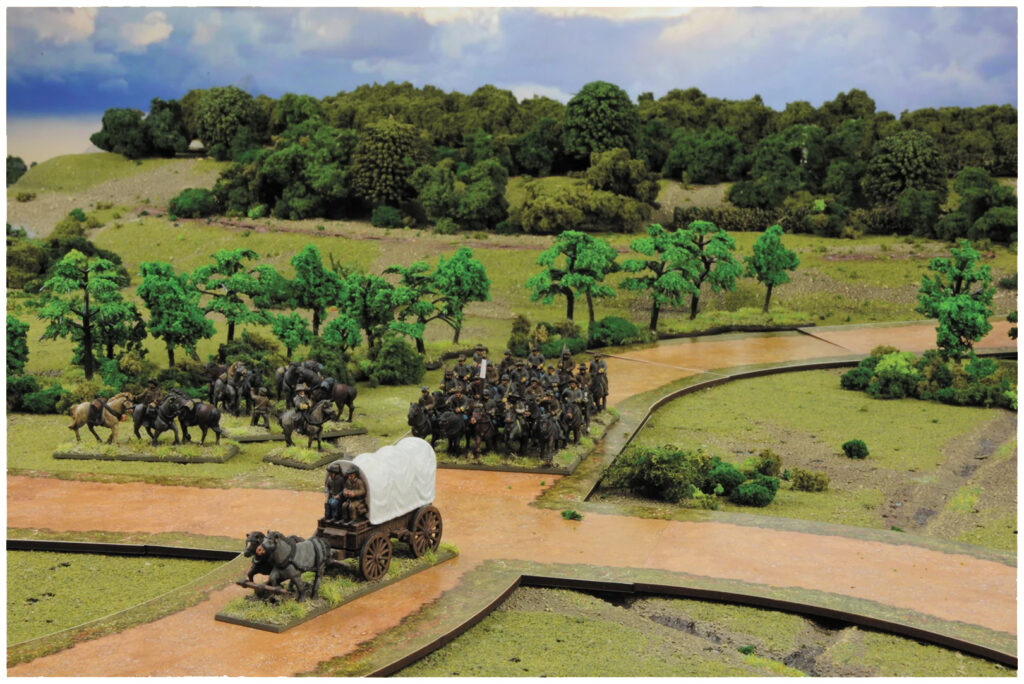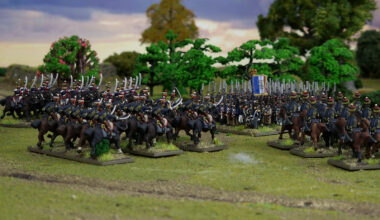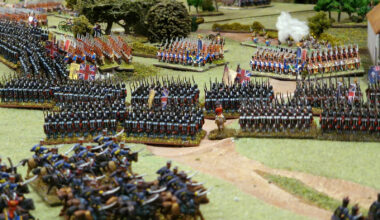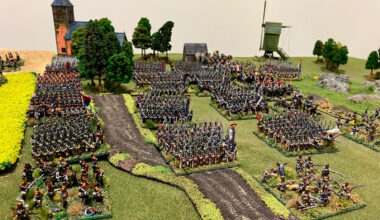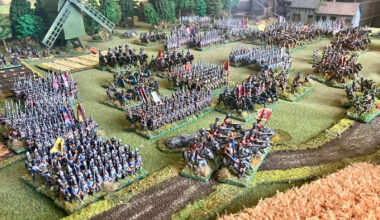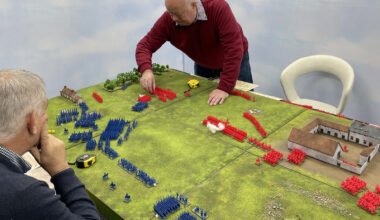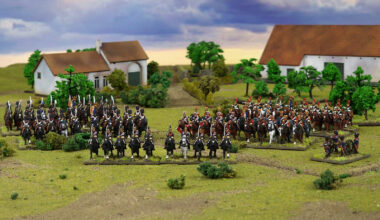Continuing our look at the famous buildings of the Battle of Waterloo, in conjunction with the excellent laser-cut MDF kits from our friends over at Sarissa Precision, this week we have La Haye Sainte, the farmhouse whose dogged defence by the King’s German Legion (KGL) in the face of overwhelming odds is credited with having saved the Allied centre, and the battle itself.
Constructed in the early 16th Century, La Haye Sainte (literally ‘the sacred hedge’, which may have been allegorical, or simply a reference to a nearby bramble hedge) was, and remains to this day, very typical of the walled Belgian farmhouses so common in the area. Positioned just in front of Wellington’s line in the Anglo-Allied centre, and garrisoned by around 400 brave men of the KGL, La Haye Sainte was crucial to denying Napoleon’s forces a staging point from which to break through the British line – had they achieved this before the arrival of Blücher’s Prussians, it is highly likely that the outcome of the battle would have been very different indeed.
The evening before the battle, Wellington ordered Major Georg Baring and four hundred men of the 2nd KGL Light Battalion into the farm to garrison and fortify it. Mostly equipped with the celebrated Baker rifle, these disciplined and courageous skirmishers began to prepare La Haye Sainte as a defensive position, hampered by their lack of proper tools, and the prior removal of one of the gates for use as firewood. Further compounding the situation was the lack of ammunition – each man had only sixty rounds, and their advanced position in front of the main allied line would make any resupply all but impossible. Nevertheless, the Germans made the best they could of the situation, and prepared to defend their isolated position.
The battle began quietly for Baring’s men. Skirmishers did test their position but were thrown back by accurate fire from both the Germans and the detachment of British 95th Rifles stationed in the nearby sandpit. Not until the early afternoon did the farm see heavy fighting.
As part of a much larger attack by d’Erlon’s corps, a brigade of infantry under Charlet, some two thousand men, marched directly for the farm’s orchard, screened by their skirmishers. The two companies Baring had placed there took a heavy toll on the French with their accurate fire, but the slow-firing rifles could not produce the sheer weight of lead required to stop the French column, and they were pushed steadily backwards. The Luneberg Light Field Battalion were deployed to reinforce their fellow Germans, but marched straight into a deathtrap – caught in line by the French 1st Cuirassiers, who had been concealed by terrain and smoke, the Lunebergers were forced to flee, and suffered heavy casualties. Falling back to the farm proper, Baring’s men prepared to defend themselves from the assault that they knew would surely follow.
Emboldened by the arrival of the cuirassiers, Charlet’s men attempted to storm the farm. For much of the afternoon, a savage point-blank firefight raged around the walls. The French attempted to break their way in with axes and musket butts, while the KGL riflemen shot and bayonetted everything in sight. For almost four hours, the fighting continued with only periodic respite for both sides, until the exhausted French withdrew around 5pm. In this interlude, Baring received a few hundred more men, but crucially no rifle ammunition, despite his pleas. Whilst the KGL tried to recover and repair the battered defences, the French attempted to burn down the barn during yet another attack, causing significant chaos. Disaster was only averted through Baring’s quick thinking and the heroic efforts of his men – as they formed a bucket chain in the middle of the battle.
At around 6pm, Ney took command of the French assault, and sent in at least three thousand fresh troops, supported by engineers, to finally dislodge the stubborn Germans once and for all. With French soldiers now clambering onto the building roofs and the engineers under Lt. Vieux bursting through the main gate, Baring ordered his men to withdraw through the farmhouse and up on to the ridge behind them. With virtually no ammunition remaining, the KGL riflemen had done all that they could, but still managed to put up a spirited rearguard action as they withdrew.
Somewhat belatedly, having realised the great danger that now faced the British centre, the Prince of Orange gave the now-infamous order for the 5th and 8th KGL Line Battalions to drive the battered French from La Haye Sainte. As before, the French cuirassiers were concealed and waiting, and caught the advancing Germans in line, utterly defenceless. The 8th was hit first, and simply disintegrated as it was ridden down by the heavy horsemen, while the 5th managed to form a rough square before being rescued by the British Life and Horse Guards who drove the cuirassiers off. Shortly thereafter, however, Orange ordered the 5th to form line and advance once more. Able to see that the cuirassiers were still marauding nearby, the commander of the 5th, Oberst (colonel) Ompteda initially protested, but was given a second, unconditional order, which he duly obeyed. The 5th marched once more into the trap, and were duly cut down by the cavalrymen – Ompteda himself fought and died with his men, and his body was recovered after the battle.
With the death of Ompteda and his battalion, the French had, at last, complete control of La Haye Sainte, and the British centre was perilously close to collapse. More than ever, Wellington’s plans rested solely on the arrival of the Prussians…
The fantastic laser-cut MDF set from Sarissa Precision allows you to recreate this pivotal engagement on the Black Powder: Epic Battles tabletop in wonderful detail. Will you try and recreate Major Baring’s heroic defence, or will you attempt to overwhelm the KGL before tea-time and give Napoleon the opening he needs?
The Wider Battlefield
Explore other iconic sections of the field of Waterloo with these other scenery sets; the settings for some of the most studied military actions in history:
